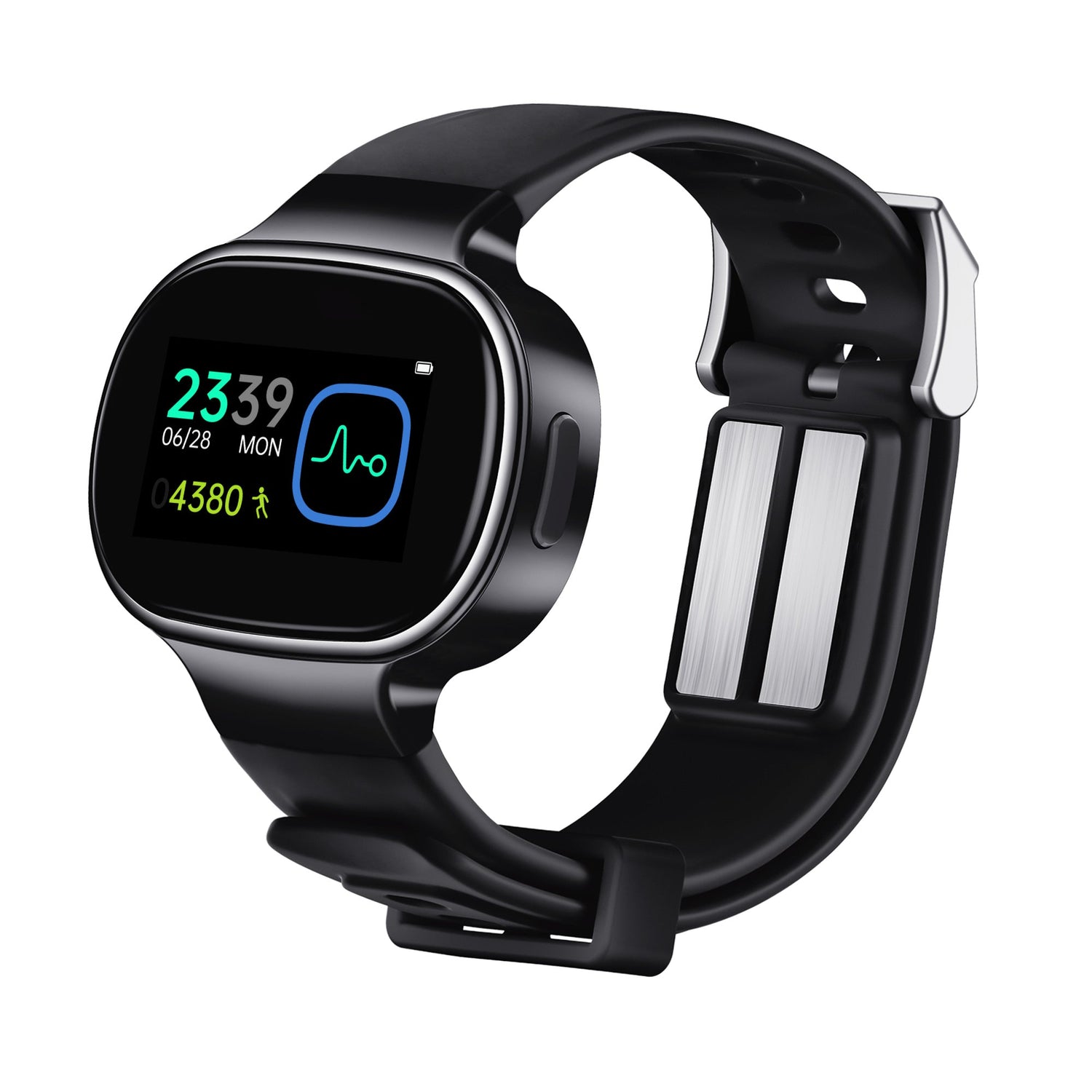Migraine is a complex neurological disorder affecting millions of people worldwide. While visual and auditory sensitivities are well-recognized symptoms, olfactory sensitivity—particularly an intolerance to strong smells—has gained increasing attention. Many migraine sufferers report that certain odors can trigger or worsen their attacks, but what does science say about this connection?
Olfactory Bulb Volume and Migraine: Structural Evidence
Emerging neuroimaging research shows that people with migraines process smells differently. A study published in Cephalalgia used MRI to measure the olfactory bulb volume (OBV) in migraine patients and healthy controls. Results showed that migraine sufferers had significantly reduced OBV, with an average of 44.5 mm³ compared to 53.1 mm³ in healthy participants. This reduced volume may heighten olfactory sensitivity, lowering the threshold for smell-induced migraine activation (Schindler, 2018).
Odor Triggers: What Smells Commonly Induce Migraines?
A widely cited study in the journal Headache surveyed over 1,000 migraine patients to identify common odor triggers (Kelman, 2004). Among the most frequently reported were:
- Perfumes
- Cigarette smoke
- Cleaning chemicals (e.g. ammonia, bleach)
- Paint and gasoline fumes
- Strong food smells (e.g. fried foods, onions, garlic)
Over 40% of respondents identified smell as a consistent migraine trigger, underscoring the role of environmental factors in migraine onset.
Manage Migraines Caused By Odors
A key question remains: are odors truly triggers, or are they part of the premonitory (early warning) phase of a migraine attack?
In many cases, osmophobia (heightened sensitivity to smells) appears hours before the headache starts, suggesting it may be a symptom of a migraine already in progress. However, in other cases, exposure to strong odors can directly and rapidly provoke an attack—indicating a true trigger. This duality highlights the complex and individualized nature of migraine mechanisms.
To better manage migraines, patients must understand whether odor sensitivity is a cause or an effect. Consider the following:
1. Timing: If the headache follows immediately after odor exposure, it's likely a trigger.
2. Pattern: If the sensitivity arises before other migraine symptoms, it may be premonitory.
Keeping a detailed migraine diary can help track and interpret these patterns over time.
Strategies for managing odor-induced migraines include:
- Avoiding known triggers (e.g. using unscented products)
- Wearing a protective mask in enclosed or high-risk environments
- Using air purifiers to reduce indoor odor exposure
- Taking acute migraine medications early
- Incorporating behavioral therapies to improve stress resilience

HeadaTerm: A Drug-Free, Technological Innovation for Migraine Relief
In addition to lifestyle strategies, technology is offering new ways to interrupt the migraine process at the neurological level. HeadaTerm, a wearable migraine-relief device, uses e-TNS (external trigeminal nerve stimulation) technology to target the trigeminal nerve pathway, which is central to migraine attacks.
By delivering gentle electrical impulses through the forehead, HeadaTerm helps modulate pain transmission and block the neural activity associated with migraines—all without medication. For those with odor-triggered migraines, HeadaTerm offers a practical, portable, and scientifically grounded option for managing symptoms and preventing escalation.
Recognizing and respecting the connection between smells and migraines is critical. Rather than dismissing odor sensitivity as psychological, science has confirmed its physiological basis. With advanced tools like HeadaTerm, patients can move from merely avoiding triggers to actively managing the neural mechanisms of migraine, paving the way for a more empowered approach to wellness.
References
1. Schindler, A., & Wabnegger, A. (2018). Reduced olfactory bulb volume in migraineurs. Cephalalgia, 38(6), 918–925. https://doi.org/10.1177/0333102417727031
2. Kelman, L. (2004). The triggers or precipitants of the acute migraine attack. Headache: The Journal of Head and Face Pain, 44(9), 833–839. https://doi.org/10.1111/j.1526-4610.2004.04150.x

